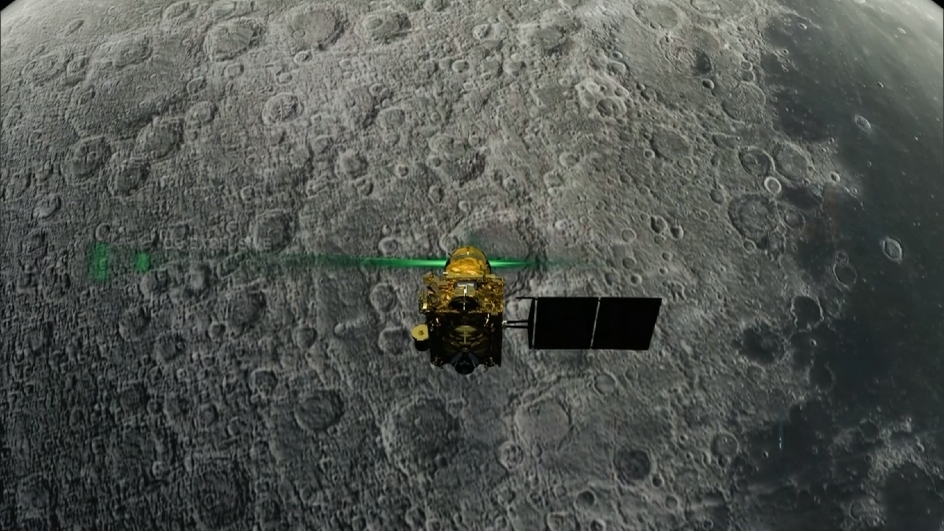#Chandrayaan2 Successfully Completes One Year of Orbiting the Moon
weather.com/en-IN/india/sp…
(📸:IANS/ISRO)
weather.com/en-IN/india/sp…
(📸:IANS/ISRO)

🛰️It is one year since India's second moon spacecraft #Chandrayaan2 was inserted into the lunar orbit, the Indian Space Research Organisation (ISRO) said on Thursday.
➡️The Indian space agency (@isro) said #Chandrayaan2 spacecraft/orbiter was launched on July 22, 2019 and inserted into lunar orbit on August 20, 2019.
➡️Though the soft-landing attempt of the #landerVikram was not successful, the orbiter, which was equipped with eight scientific instruments, was successfully placed in lunar orbit.
#vikramlander
#vikramlander
🛰️The orbiter completed more than 4,400 orbits around the moon and all the instruments are currently performing well, ISRO said. The spacecraft is healthy and the performance of subsystems are normal. The orbiter is being maintained in 100 +/- 25 km polar orbit.
There is adequate onboard fuel to remain operational for about seven years, ISRO said.
• • •
Missing some Tweet in this thread? You can try to
force a refresh














